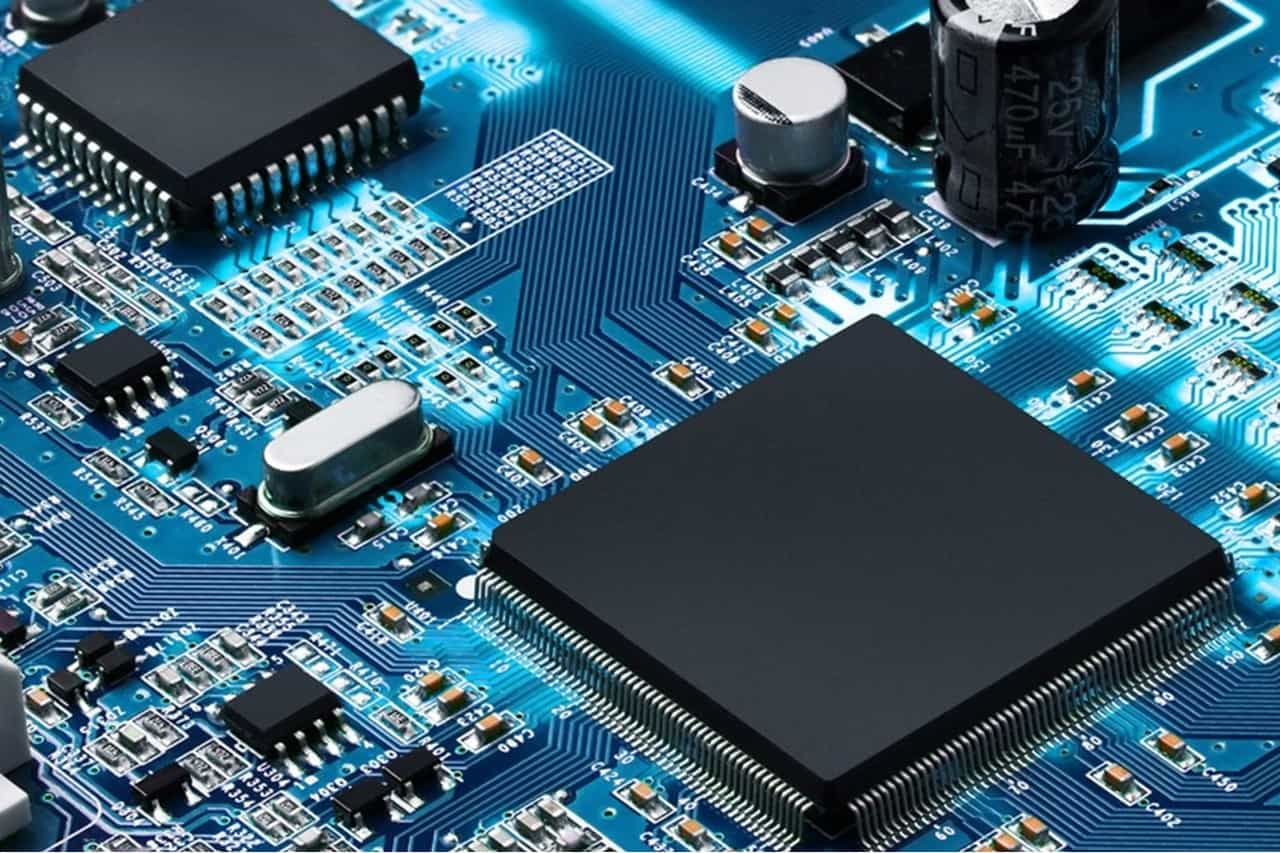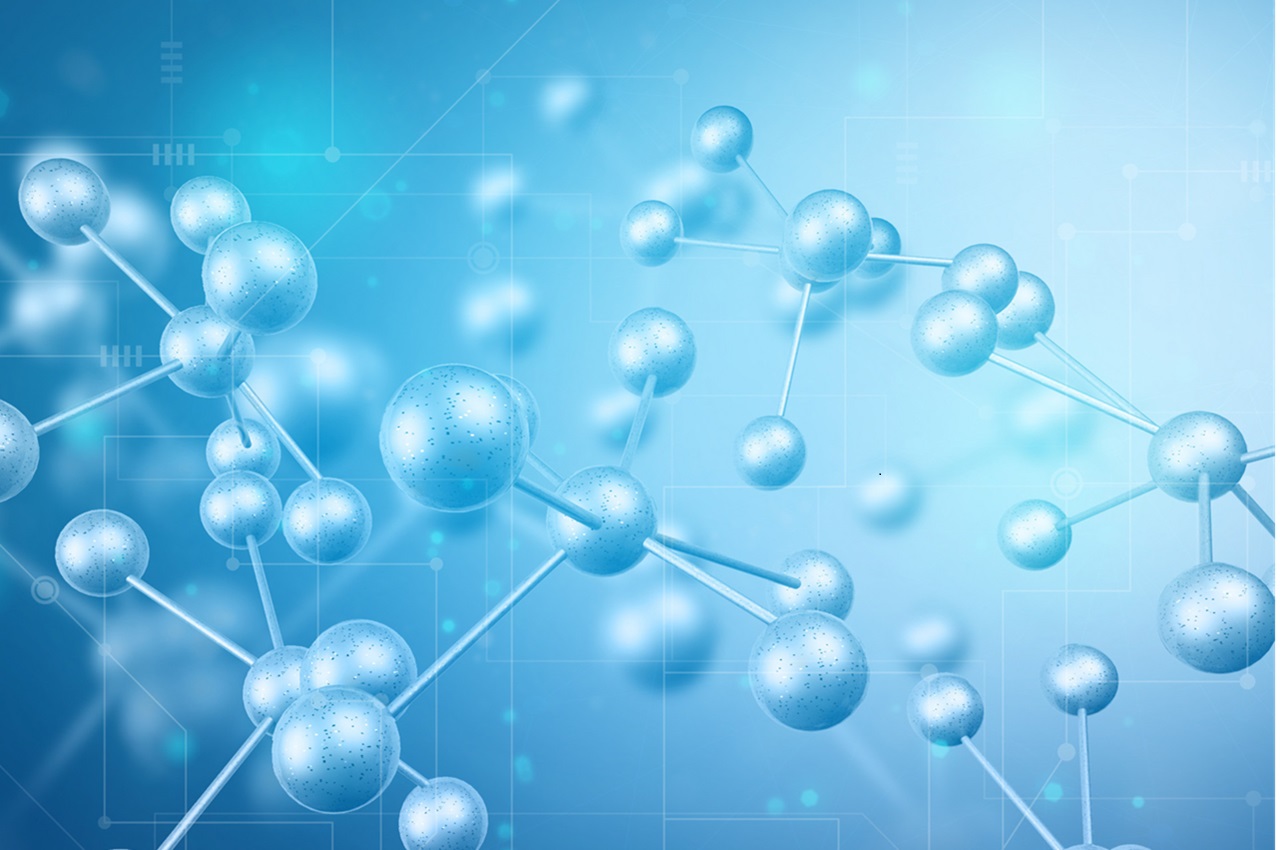Epoxidharz für leistungsstarke elektronische Verpackungsmaterialien
Jan 21, 2025
Hintergrund Kleber für elektronische Verpackungen wird zur Verpackung elektronischer Geräte verwendet. Dabei handelt es sich um eine Art elektronischen Kleber oder Kleber, der die Abdichtung, Einkapselung oder den Verguss übernimmt. Nach dem Verpacken mit Klebstoff für elektronische Verpackungen kann er die Rolle von Wasserdichtigkeit, Feuchtigkeitsbeständigkeit, Stoßfestigkeit, Staubdichtigkeit, Korrosionsbeständigkeit, Wärmeableitung, Vertraulichkeit usw. spielen. Daher muss Klebstoff für elektronische Verpackungen die Eigenschaften von hohen und niedrigen Temperaturen aufweisen Widerstand, hohe Spannungsfestigkeit, gute Isolierung und Umweltsicherheit. Warum Epoxidharz wählen?Mit der kontinuierlichen Entwicklung hochintegrierter Schaltkreise und der Miniaturisierung elektronischer Komponenten ist die Wärmeableitung elektronischer Komponenten zu einem zentralen Thema geworden, das sich auf deren Lebensdauer auswirkt. Es besteht ein dringender Bedarf an Klebstoffen mit hoher Wärmeleitfähigkeit und guter Wärmeableitungsleistung als Verpackungsmaterialien.Epoxidharz Hat eine ausgezeichnete Wärmebeständigkeit, elektrische Isolierung, Haftung, dielektrische Eigenschaften, mechanische Eigenschaften, geringe Schrumpfung, chemische Beständigkeit und eine gute Verarbeitbarkeit und Bedienbarkeit nach Zugabe des Härters. Daher werden derzeit viele Halbleiterbauelemente im Ausland mit Epoxidharz vergossen. Die Entwicklung von EpoxidharzMit den zunehmenden Forderungen nach Umweltschutz und den steigenden Leistungsanforderungen der Industrie für integrierte Schaltkreise an elektronische Verpackungsmaterialien wurden höhere Anforderungen an Epoxidharze gestellt. Neben hoher Reinheit sind auch geringe Belastung, Thermoschockbeständigkeit und geringe Wasseraufnahme Probleme, die dringend gelöst werden müssen.Als Reaktion auf Probleme wie hohe Temperaturbeständigkeit und geringe Wasseraufnahme hat die in- und ausländische Forschung mit dem Design von Molekülstrukturen begonnen und sich hauptsächlich auf die Modifikation von Mischungen und die Synthese von konzentriert neue Epoxidharze. Einerseits werden Biphenyl-, Naphthalin-, Sulfon- und andere Gruppen sowie Fluorelemente in die eingeführt Epoxidskelett zur Verbesserung der Feuchtigkeits- und Hitzebeständigkeit des Materials nach dem Aushärten. Andererseits werden durch Zugabe verschiedener Arten repräsentativer Härtungsmittel die Härtungskinetik, die Glasübergangstemperatur, die thermische Zersetzungstemperatur und die Wasseraufnahme des gehärteten Produkts untersucht, um leistungsstarke Epoxidharze für elektronische Verpackungsmaterialien herzustellen. Einführung mehrerer spezieller Epoxidharze für elektronische Verpackungen1. Epoxidharz vom Biphenyl-TypDer Tetramethylbiphenyldiphenol-Epoxidharz (seine Struktur ist in der Abbildung dargestellt), das nach der zweistufigen Methode synthetisiert wurde, weist nach der Aushärtung durch DDM und DDS eine hohe Wärmebeständigkeit, gute mechanische Eigenschaften und eine geringe Wasseraufnahme auf. Die Einführung der Biphenylstruktur verbessert die Hitzebeständigkeit und Feuchtigkeitsbeständigkeit erheblich, was der Anwendung im Bereich elektronischer Verpackungsmaterialien förderlich ist. 2. SilikonepoxidharzEin weiterer Forschungsschwerpunkt im Bereich elektronischer Verpackungen ist die Einführung von Silikonsegmenten, die nicht nur die Hitzebeständigkeit, sondern auch die Zähigkeit nach der Aushärtung des Epoxidharzes verbessern können. Siliziumhaltige Polymere haben gute flammhemmende Eigenschaften. Die niedrige Oberflächenenergie siliziumhaltiger Gruppen führt dazu, dass diese zur Harzoberfläche wandern und dort eine hitzebeständige Schutzschicht bilden, wodurch ein weiterer thermischer Abbau des Polymers vermieden wird.Einige Forscher haben chlorterminierte Organosiloxanpolymere verwendet, um Bisphenol-A-Epoxidharze zu modifizieren und durch die Reaktion von terminalem Chlor mit den Hydroxylgruppen an der Epoxidkette Si-O-Bindungen zu erzeugen. Die Strukturformel ist in der folgenden Abbildung dargestellt. Dieses Verfahren erhöht die Vernetzungsdichte des ausgehärteten Harzes, ohne Epoxidgruppen zu verbrauchen, was nicht nur das Harz zäher macht, sondern auch seine Hitzebeständigkeit und Schlagfestigkeit verbessert. 3. Fluoriertes EpoxidharzFluorhaltige Polymere haben viele einzigartige Eigenschaften. Fluor hat die größte Elektronegativität, die Wechselwirkung zwischen Elektronen und Kernen ist stark, die Bindungsenergie zwischen chemischen Bindungen mit anderen Atomen ist groß und der Brechungsindex ist niedrig. Fluorhaltige Polymere weisen eine ausgezeichnete Hitzebeständigkeit, Oxidationsbeständigkeit und chemische Beständigkeit auf.Fluoriertes Epoxidharz hat die Eigenschaften Staubdichtigkeit und Selbstreinigung, Hitzebeständigkeit, Verschleißfestigkeit, Korrosionsbeständigkeit usw. Es kann auch die Löslichkeit von Epoxidharz verbessern. Gleichzeitig verfügt es über eine hervorragende Flammhemmung und wird zu einem neuen Material im Bereich der Elektronikverpackung. Das im Labor synthetisierte fluorierte Epoxidharz ist bei Raumtemperatur flüssig und weist eine äußerst niedrige Oberflächenspannung auf. Nach dem Aushärten mit Silanamin bei Raumtemperatur oder Fluoranhydrid kann ein Epoxidharz mit ausgezeichneter Festigkeit, Haltbarkeit, geringer Oberflächenaktivität, hoher Tg und hoher Endstabilität erhalten werden. Die Syntheseschritte sind: 4. Enthält Dicyclopentadien-EpoxidharzDicyclopentadien-o-Kresolharz kann durch Reaktion synthetisiert werden. Die Reaktionsformel ist in der folgenden Abbildung dargestellt. Das Harz wird mit Methylhexahydrophthalsäureanhydrid und Polyamid-Härter gehärtet, und die Tg des gehärteten Produkts beträgt 141°C und 168°C bzw.Es gibt einen neuen Typ von Dicyclopentadien-Epoxidharz mit niedriger Dielektrizitätskonstante (siehe Abbildung unten), dessen Leistung mit der von kommerziellem Bisphenol-A-Epoxidharz vergleichbar ist und einen Wärmeverlust von mehr als 382 bei 5 % aufweist°C, eine Glasübergangstemperatur von 140-188°C und eine Wasserabsorptionsrate (100°C, 24h) von nur 0,9-1,1 %. 5. Naphthalinhaltiges EpoxidharzEinige Forscher haben eine neue Art von naphthalinhaltigem Phenolepoxidharz synthetisiert, dessen Reaktionsformel in der folgenden Abbildung dargestellt ist. Sein DDS-gehärtetes Produkt weist eine ausgezeichnete Hitzebeständigkeit mit einem Tg von 262 auf°C und ein thermischer Gewichtsverlust von 5 % von 376°C.Synthese von Bisphenol-A-Naphthaldehyd-Novolac-Epoxidharz 6. Alizyklisches Epoxidharz Die Eigenschaften alicyclischer Epoxidharze sind: hohe Reinheit, niedrige Viskosität, gute Verarbeitbarkeit, hohe Wärmebeständigkeit, geringe Schrumpfung, stabile elektrische Eigenschaften und gute Wetterbeständigkeit. Sie eignen sich besonders für leistungsstarke elektronische Verpackungsmaterialien mit niedriger Viskosität, hoher Hitzebeständigkeit, geringer Wasseraufnahme und hervorragenden elektrischen Eigenschaften. Sie sind äußerst vielversprechende elektronische Verpackungsmaterialien. Die folgende Abbildung zeigt den Reaktionsprozess einer neuen Art hitzebeständiger flüssiger alicyclischer Epoxidverbindung. Es kann durch Veretherung alicyclischer Olefindiole mit halogenierten Kohlenwasserstoffen zu alicyclischen Triolefinethern erhalten werden, die anschließend epoxidiert werden.7. Mischen von modifiziertem EpoxidharzDas Mischen ist eine wichtige Methode, um Materialeigenschaften effektiv zu verbessern. In einer Epoxidmatrix kann die Zugabe eines weiteren oder mehrerer Epoxidharze eine oder mehrere spezifische Eigenschaften des Matrixmaterials verbessern und so ein neues Material mit besserer Gesamtleistung erhalten. Bei Epoxid-Formmassen kann durch das Mischen das Ziel erreicht werden, die Kosten zu senken und die Leistung und Verarbeitungsleistung zu verbessern. In der zukünftigen Produktionsforschung wird die Technologie des Herstellungsprozesses verbessert und das Aushärtungssystem von Epoxidharzen untersucht, um die vollständige Verwendung von Epoxidharzen in der heimischen Elektronikverpackungsindustrie zu ermöglichen Hochleistungs-Epoxidharze feuchtigkeits- und hitzebeständige und bei mittlerer Temperatur feuchtigkeits- und hitzebeständige Epoxidharze sowie Vorbereitung neues Epoxidharz Modifizierte Additive sind die Entwicklungsrichtungen dieses Forschungsgebietes.Nanjing Yolatech bietet alle Arten von hochreinen und chlorarmen Epoxidharzen sowie Spezialepoxidharzen an, darunter Bisphenol-A-Epoxidharz, Bisphenol-F-Epoxidharz, Phenol-Epoxidharz, bromiertes Epoxidharz, DOPO-modifiziertes Phenol-Epoxidharz, MDI-modifiziertes Epoxidharz, DCPD-Epoxidharz, multifunktionales Epoxidharz, kristallines Epoxidharz, HBPA-Epoxidharz und so weiter. Darüber hinaus können wir alle Arten von Härtern oder Härtern und Verdünnungsmitteln für die Anwendung von Epoxidharzen bereitstellen. Begrüßen Sie neue und alte Kunden, um sich zu erkundigen, wir bieten Ihnen den besten Service.
Mehr lesen



